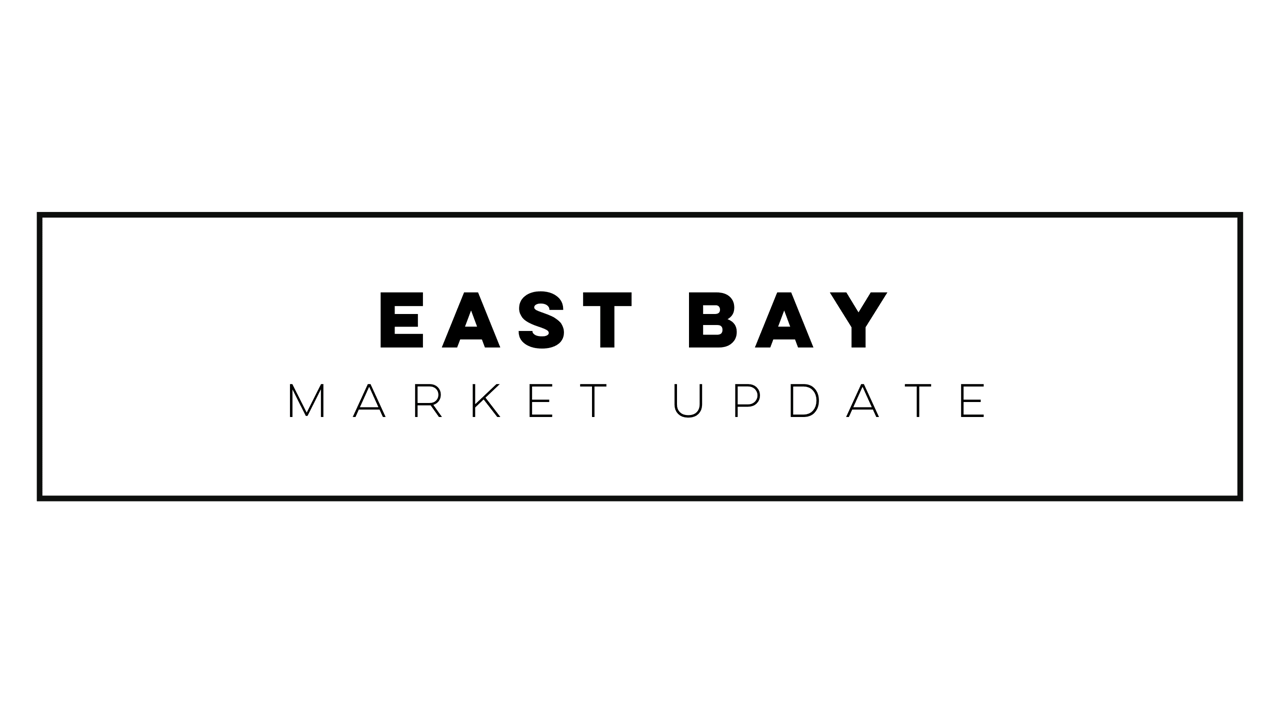The Local Lowdown: December 2023
Michelle Kim | January 1, 2024

Michelle Kim | January 1, 2024

Stay up to date on the latest real estate trends.

Michelle Kim | December 1, 2025
Quick Take: San Francisco reaches unprecedented market tightness with single-family homes hitting two-year price highs and inventory dropping over 35% year-over-year, … Read more

Michelle Kim | December 1, 2025
Quick Take: Housing is slowly becoming more affordable, as interest rates slowly creep down over time. As of the time this is written, the average 30-year mortgage rat… Read more

Michelle Kim | December 1, 2025
Quick Take: Median single-family home prices marked a new two-year high in October. Inventory continues to be a huge issue in both the single-family home and condo mar… Read more

Michelle Kim | December 1, 2025
Quick Take: Median sale prices for condos fell precipitously in Silicon Valley this month. Inventory levels have overcorrected and are now lower than they were last ye… Read more

Michelle Kim | December 1, 2025
Quick Take: Median sale prices for condos continue to lag where they were last year. Inventories are surprisingly static on a year-over-year basis Listings are spendin… Read more

Michelle Kim | December 1, 2025
Quick Take: Median sale prices are mostly in line with where they were around this time last year. The North Bay has seen inventories crater on a year-over-year basis… Read more
You’ve got questions and we can’t wait to answer them.